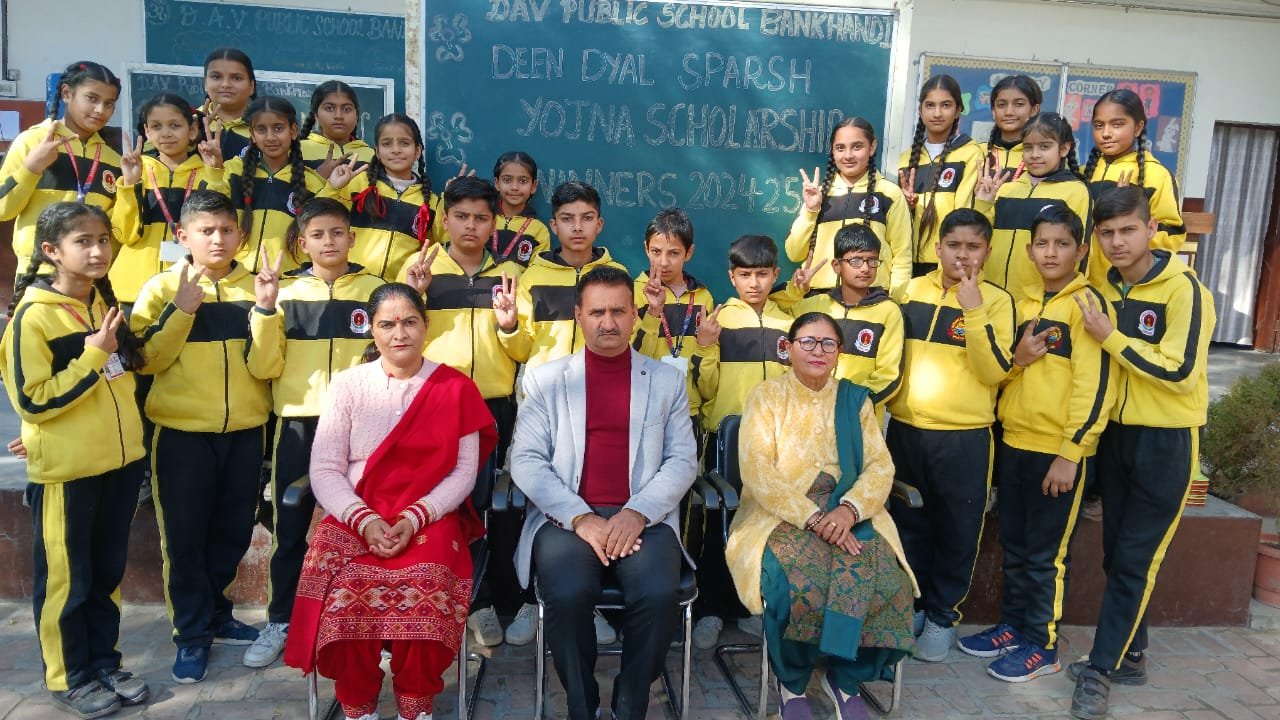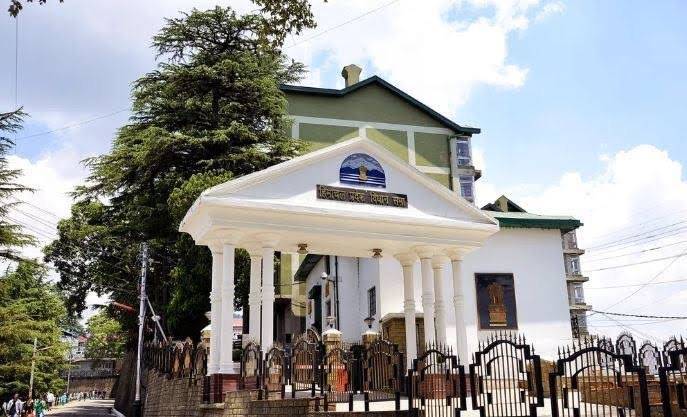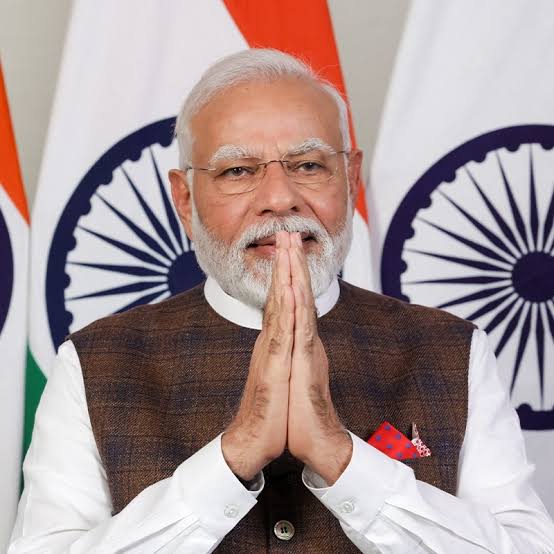Rajan Kumar Sharma urges governments to change policy
Munish Sood
MANDI: As the world marks the International Day for Disaster Risk Reduction (IDDRR) on October 13 under the theme “Funding for Resilience, Not Disasters,” Himachal Pradesh-based disaster management specialist Rajan Kumar Sharma has written a powerful appeal to governments across the world and particularly to the state government of Himachal Pradesh to focus their financial priorities on disaster prevention rather than post-tragedy compensation.
In his note, Rajan Sharma emphasised that the increasing number of landslides, flash floods and extreme weather events are clear signs that the cost of inaction is far greater than the cost of preparedness. The recent bus tragedy in Bilaspur, where 16 passengers lost their lives after being struck by a landslide, stands as a painful reminder of this reality.
“Every time we lose lives in a landslide or flash flood, it reminds us that we are still paying for disasters instead of investing in prevention,” Rajan Sharma wrote. “Financing resilience is no longer optional but the only way forward if we want to protect both lives and livelihoods.”
State reeling under repeated disasters
According to official government data, 427 people have died and 47 remain missing in Himachal Pradesh during this year’s monsoon season, with total losses estimated at over Rs 5,000 crore.
Several districts, including Lahaul-Spiti, Kullu, Mandi, Kangra, Shimla and Kinnaur, have been among the worst affected.
Rajan Sharma noted that despite years of discussion, funding for disaster preparedness remains critically low. Citing UN Secretary-General António Guterres, he wrote, “Only 2% of development assistance and less than 1% of government budgets are dedicated to disaster risk reduction. This is not just a gap but a global miscalculation.”
He added that while relief packages often run into crores after every calamity, very little is spent beforehand on measures such as slope stabilisation, safe construction and local capacity building.
Children and youth: The future of resilience
Highlighting the impact of disasters on children and youth, Rajan Sharma referred to a UNICEF report showing that nearly one billion children worldwide are at extreme risk from climate-related disasters.
“Children must not be seen only as victims. Through education, awareness and participation, they can become powerful agents of change in their communities,” he wrote.
He also underlined the need for governments to ensure that schools are built safely, are part of early warning systems and are equipped to function as safe zones during emergencies. Empowering students, he said, aligns with the Sendai Framework for Disaster Risk Reduction (2015-2030), which calls for inclusive youth participation in building resilient societies.
Himachal’s ongoing preparedness efforts
The Himachal Pradesh State Disaster Management Authority (HPSDMA) has been observing October as a month of awareness on disaster risk reduction since 2011. Now in its 15th edition, the ongoing 2025 campaign includes workshops on safe construction, school-based disaster preparedness programs, public rallies, marathons and recognition for NGOs and institutions contributing to disaster management.
These activities, Sharma noted, are designed to make disaster education a part of everyday community life in this mountainous region, which remains among India’s most vulnerable zones to climate-driven disasters.
Concluding his article, Rajan Sharma wrote that the lessons from recent tragedies must guide future decisions.
“Our mountains are beautiful but fragile. If we continue to react instead of prepare, we will keep mourning what could have been prevented. The time to invest in resilience is now — not after the next disaster,” he wrote.
He urged both state and central governments to incorporate risk-informed planning into all public development projects and to make resilience financing a central part of policy and budget frameworks.





